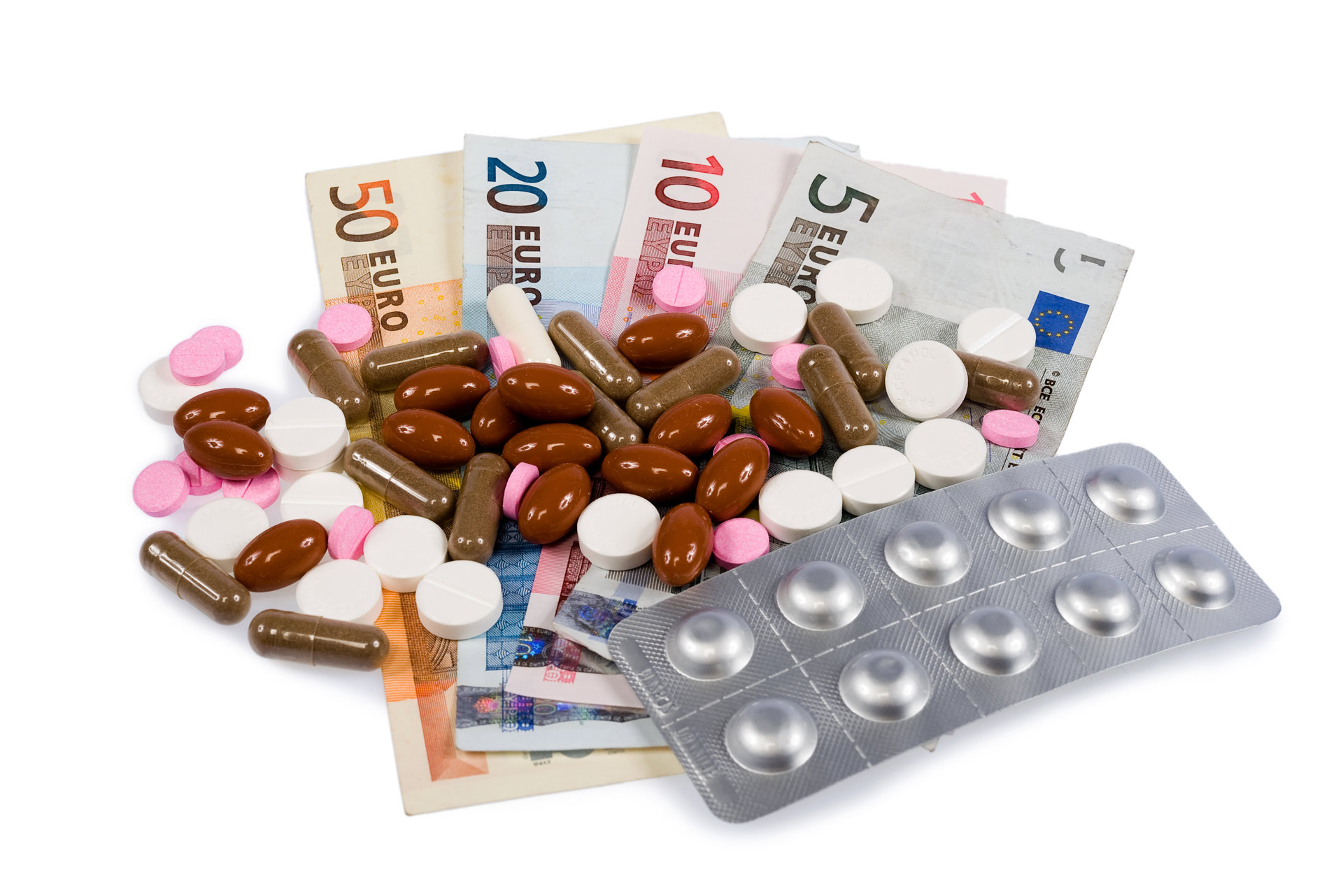A blister package is incomplete without a lidding foil. This forms the backbone of a typical blister pack and ranges in thickness from 0.36-0.76 mm, although 0.46-0.61 mm is the most frequently preferred range. The most commonly used lidding foils in pharmaceutical packaging are hard aluminum (for push-through blisters), soft aluminum (for child-resistant push-through blisters), paper/aluminum, and paper/PET/aluminum (for peel-off push-through blisters).
Similar to cold form foils, lidding foils with varying aluminum thicknesses influence the packaging cost greatly without impacting their barrier properties. Thus, using lid foil of lower thickness aluminum offers another opportunity to bring down the overall blister packaging cost without affecting the performance of the final packaging.
The thickness of lidding foils varies across different countries. With the exception of the US, most countries use lid foils of 20 µm aluminum, whereas Japan uses 17 µm aluminum. In Europe, the maximum number of pinholes per square meter for 20 µm (0.5/m2) and 25 µm (0.4/m2) aluminum foil is almost similar and does not affect the barrier properties of the sealed blister. It was found that using a lidding foil with lower thickness resulted in a savings of material of up to 21.8%, as shown in Table 1.
Table 1. Savings of material from lid foils
Another study showed that when producing blisters of 60 × 95 mm at a speed of 4 blisters/cycle (40 cycles/min; the weight of reel = 14 kg), switching from 25 to 20 µm aluminum produced 7,040 more blisters. Further, the time required until the reel needed to be changed increased by 44 minutes, as shown in Table 2.
Table 2. Comparison of a cycle per reel and running time per lid foil with aluminum thicknesses of 20 and 25 µm
Interestingly, no difference was found between the 20 and 25 µm foil in terms of seal strength, heat resistance, and abrasion of printing ink. On the contrary, it has been found that increasing aluminum thickness increases burst pressure and push-through force. Also, it is difficult to push a hard gelatin capsule through a 25 µm foil without denting/pressing against the capsule.
Overall, it seems that a pharma packaging engineer could certainly work on selecting the lidding foil for optimum thickness for a given product and maximize the cost benefits therein.



